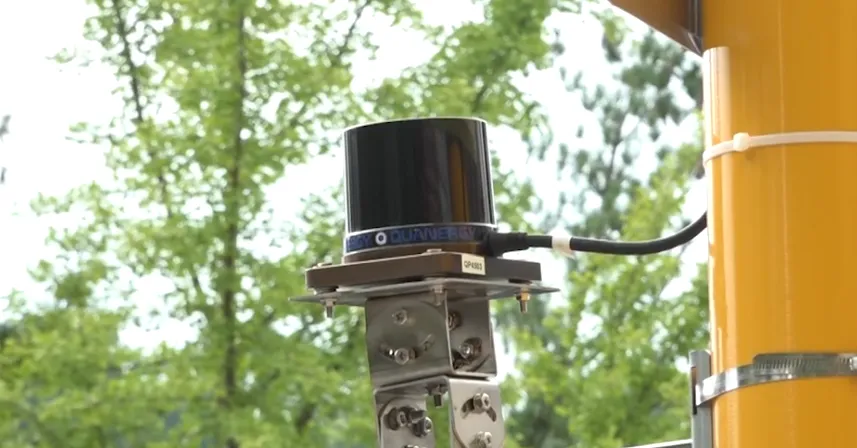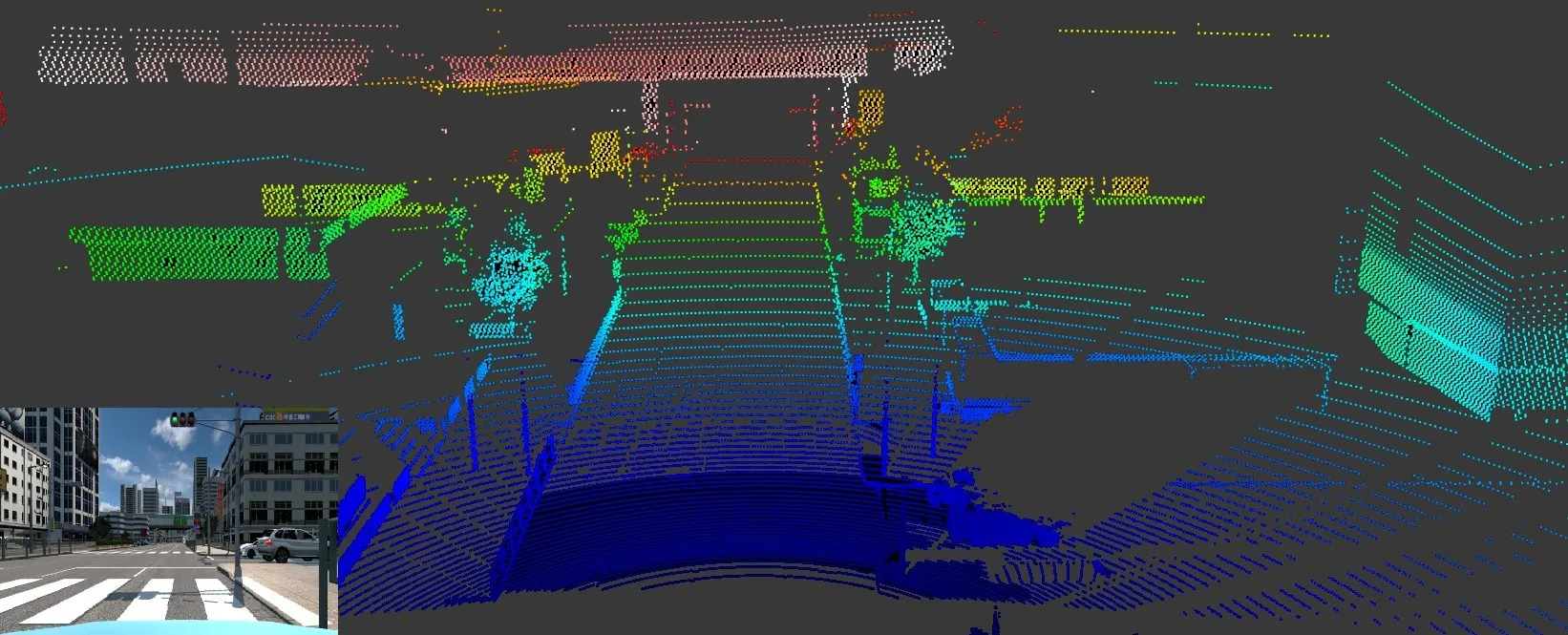
Technology firm Quanergy Systems and its system integrator iCent have installed a Lidar solution to improve safety at pedestrian crossings near schools in Seoul, South Korea.
Quanergy says its 3D Lidar-based Smart Safety School Zone solution monitors people and vehicles to protect pedestrians and prevent accidents.
The M-Series Lidar sensors are installed in the school district of Nowon-Gu.
They gather real-time data about the surrounding environment including patterns in vehicle traffic, vehicle speed and pedestrian numbers.
Quanergy’s QORTEX DTC (Detect, Track, Classify) perception software analyses raw data and sends it to iCent's software platform for further evaluation. Data is then assessed to determine the necessary actions to ensure safety.
Seung Rok Oh, alderman of Nowon-Gu, says: “With Quanergy’s AI-based 3D Lidar solution combined with iSaver from iCent, we are able to move one step closer to establish safety policy for the children.”
Quanergy claims its solutions provide an accuracy of more than 95% to deliver data via one sensor per pedestrian crossing.
South Korea is not alone in its effort to improve pedestrian safety around schools.
Earlier this month, Redflex announced plans to install 50 of its Radarcam automated speed enforcement systems to improve safety for children walking to and from school in the Canadian province of Ontario.
Quanergy says its perception software enables real-time tracking of people and vehicles for security and smart cities and spaces applications.
It generates data including location, direction, speed and type of objects detected while its application programming interfaces allow system integrators and application developers to build business intelligence tools.










